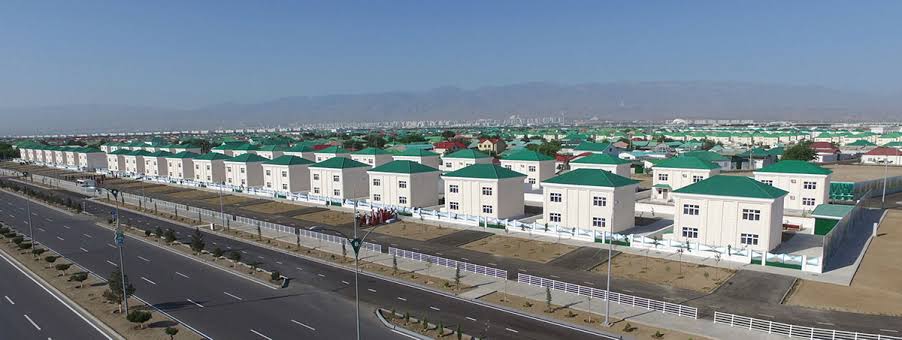Physical Manifestation of Autocratic Control over Citizens in Turkmenistan: An Unvarnished Reality
Turkmenistan, a central Asian republic known for its vast deserts, natural gas reserves, and the cult of personality surrounding its leaders, has seen significant infrastructural development over recent years. However, behind the glittering facade of white marble buildings and vast urban complexes, lies an unvarnished reality of the rigid autocratic

Turkmenistan, a central Asian republic known for its vast deserts, natural gas reserves, and the cult of personality surrounding its leaders, has seen significant infrastructural development over recent years. However, behind the glittering facade of white marble buildings and vast urban complexes, lies an unvarnished reality of the rigid autocratic control over its citizens.
President Gurbanguly Berdimuhamedov, the leader since 2006, has established an omnipresent control over the people, suffocating any room for dissent. The seemingly impressive cityscapes of the capital, Ashgabat, can be perceived as physical embodiments of this control. The expansive development projects, rather than reflecting a concern for citizens' welfare, appear to be tools for consolidating power and feeding the cult of personality that surrounds the leadership.
The majority of the population continues to grapple with economic instability and scarcity of basic goods. Internet access remains heavily restricted, making it one of the most disconnected countries globally, leading to an information vacuum that suppresses the public's voice. The government maintains an iron grip on the media, ensuring that any narrative of progress and prosperity goes unchallenged.
Rights to freedom of assembly, association, and expression are severely curtailed. Dissenting voices, whether individuals or NGOs, are often subject to harassment, surveillance, or imprisonment. The government's coercive apparatus, consisting of law enforcement and security forces, ensures compliance with the autocratic regime.
Further, the state intrudes into private lives, with arbitrary evictions and forced demolitions to make way for the government's grand urbanization projects. Ashgabat's glittering high-rise buildings and wide, empty roads symbolize a distorted priority—image over substance. The systemic disregard for the needs of ordinary citizens in favor of propagandic structures is clear.
In an environment where dissent is silenced, and the facade of progress is prioritized over genuine welfare, the imposing buildings rising high into Turkmenistan's sky embody more than architectural feats. They stand as pillars of an autocratic regime, where control and image manipulation take precedence over the reality of life for the ordinary citizens. The white marble city reflects not the aspirations of its people but the autocratic whims of its rulers.
However, despite the severe restrictions on civil liberties and access to information, the voices of the Turkmen people cannot be completely silenced. A few brave individuals and groups continue to defy the regime, reporting on the realities of life in the country, highlighting the stark contrast between the image the government wishes to portray and the lived experience of its citizens.
It is, therefore, crucial to look beyond Turkmenistan's impressive cityscapes and see the physical manifestation of autocratic control for what it is—a façade masking the harsh realities of an oppressed populace. These realities serve as a stark reminder of the importance of freedom, democracy, and human rights, often taken for granted in many parts of the world.




